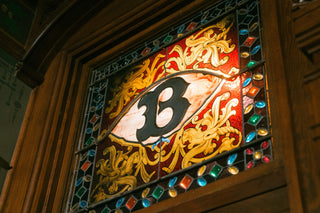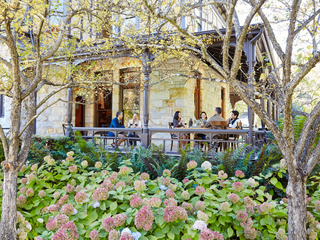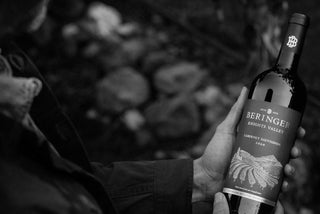A National and State Historic Property
The Historic Beringer Vineyards Estate
The Beringer estate provides a unique glimpse into Napa Valley's past. Graced with stately 19th century architecture and verdant gardens, Beringer is not only one of the most beautiful properties in California's wine country, but as the longest continuously operating winery in Napa, it's also one of the most historic. The entire estate was designated a Historic District on the National Register of Historic Places.
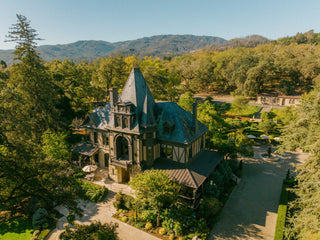
The Rhine House
Completed in 1884 by architect Albert Schroepfer
Frederick Beringer's former residence is now the center piece of the expansive Beringer property. Exhibiting the fine, detailed craftsmanship of the period, the Rhine House has beautiful exterior stonework, stained-glass windows and interior wood paneling. When building his 17-room mansion, Frederick wanted to mimic the Beringer family's impressive German home at Mainz-on-the-Rhine. Built at a cost of about $28,000 (with the 40 panels of stained glass accounting for $6,000) the Rhine House is a classic example of ornate Victorian architecture with its many gables, turrets and ornaments.
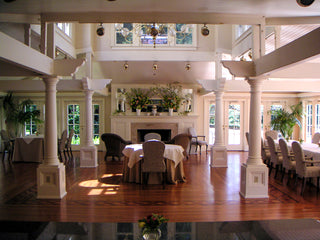
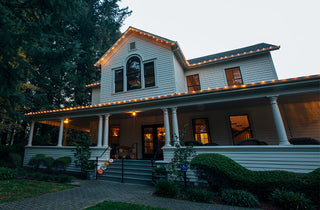
The Hudson House
Built around 1850
The Hudson House was on the property when the Beringer brothers bought the land in 1875. Originally the house stood in the same location the Rhine House does now. But Frederick, having determined that was the ideal spot for his 17-room mansion, had the Hudson House lifted onto logs and pulled by horses 200 feet north, where it remains today.
The house was built by David Hudson, who was known for his involvement in the Bear Flag Revolt of 1846 in Sonoma, an event that was instrumental in California winning independence from Mexico.
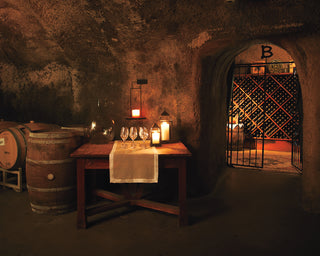
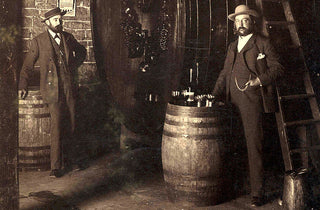
The Wine Caves
Dug out in the 1870s to the early 1880s
Rare among Napa Valley wineries, the aging tunnels of Beringer were dug into the hillside of Spring Mountain from the late 1870s to the early 1880s. Chinese immigrant workers completed the tedious and strenuous task of hand-chiseling the 1,200 linear feet of tunnel. The hillside rock acts as a natural insulator and keeps the temperature in the tunnels at an ideal 58-60 degrees Fahrenheit year-round with a humidity—perfect conditions for storing wine.
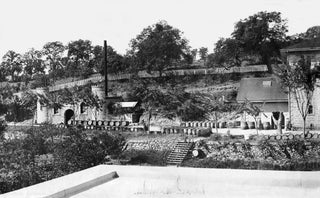
The Old Winery
Built 1876
The Beringer Brothers built the Old Winery against a hillside, so they could use gravity flow methods to make the wine, as was the custom in their native Rhine Valley. Construction of the winery began in 1876 and it became operational for the harvest of 1877. Draft horses would bring wagons of grapes up the road behind the winery to the third floor. Grapes were crushed in the then state-of-the-art steam-powered crusher. The freshly pressed juice was gravity fed down to the second floor for fermentation, then flowed by gravity again to the ground floor where it was stored and aged before being bottled.


